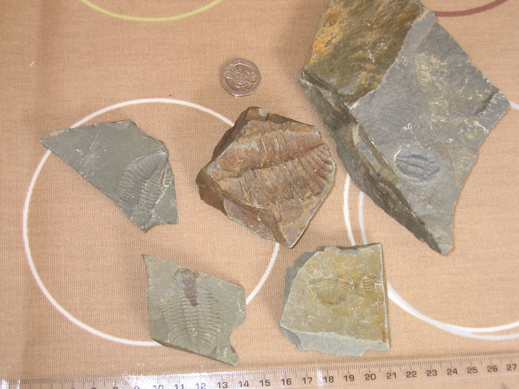Answering Questions from Teachers (Providing Helpful Answers)
Advising Schools about Dinosaurs
Another day and another challenge for the team members at Everything Dinosaur. Lots of primary schools are using dinosaurs as a teaching topic for their Summer term. We seem to be getting more than our usual number of enquiries from teachers and teaching assistants who are busy preparing schemes of work in readiness for the start of next term. It seems quite a popular subject area at the moment, teaching about dinosaurs and fossils in schools.
Everything Dinosaur
Our staff always try to help where they can. Many of them have teaching qualifications of their own and they remember having to work Sundays to prepare the class lesson plans for the following week. As far as the dinosaur information requested in the last few days, it has been eclectic to say the least. We have helped with the provision of lesson plans involving how fossils form, pictures of different types and sizes of dinosaur bone, supplied details of dinosaur and other prehistoric animal teeth, as well as giving instructions on how to build a timeline from the beginning of the Mesozoic to the present day. All good fun, but my particular favourite had nothing to do with the Dinosauria at all. We received a request to provide some further information on the Cambrian explosion – trilobites and all. These members of the Arthropoda have a special place in the hearts of many a palaeontologist, sure they don’t quite have the impact of a Tyrannosaurus rex, but they are an extremely important group in terms of the fossil record that they left behind.
An Illustration of a Trilobite
Picture credit: Everything Dinosaur
Examining Trilobites
For the uninitiated, trilobites are an extinct group of Palaeozoic, entirely marine arthropods with a distinct threefold longitudinal division of their body and hard, armoured exoskeleton. These exoskeletons had to be moulted for the animals to grow and they have resulted in a rich and abundant fossil record from the early Cambrian to the end of the Permian geological period. So diverse were the trilobites that we think at last count they constituted nine distinct Orders, represented by something like 15,000 species.
Great fun providing advice, guidance and information to teachers, we can sleep easy tonight as we have helped give some teachers and teaching assistants their Sundays back.
For models and replicas of Palaeozoic creatures including trilobites: CollectA Age of Dinosaur Popular Figures.


